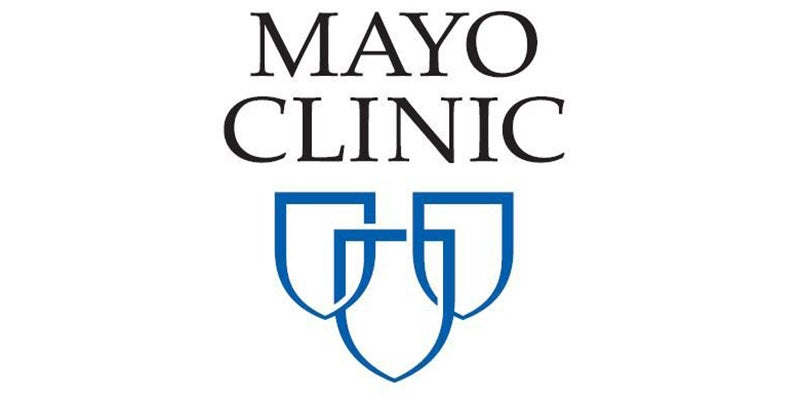Mayo expert provides more detail about monkeypox
Published 3:35 pm Monday, June 27, 2022
|
Getting your Trinity Audio player ready...
|
With the news this weekend of the first presumed case of monkeypox in the State of Minnesota, a Mayo expert on Monday detailed the virus and its possible impacts.
On Saturday, Minnesota health officials released information that a Twin Cities adult has tested positive for a presumed case of monkeypox, which has now been documented in 50 countries and 26 states in the United States.
The subject is currently receiving outpatient treatment and was likely exposed to the disease during overseas travel.
According to Dr. Richard Kennedy, Phd, co-director of the Mayo Clinic Vaccine Research Groups, symptoms can vary across a broad spectrum with an incubation period of anywhere between two and 21 days.
“The whole process is about three to four weeks,” Kennedy said Monday during a quickly organized Zoom conference call.
Symptoms can include: fever, fatigue, headaches, muscle aches, swollen lymph nodes and a rash. Along with the rash are small pimples or blisters that fill with liquid, scab over and fall off, oftentimes resulting in scarring.
“The severity of the rash can differ,” Kennedy said. “Mostly it’s on the arms, face, legs … can be in your mouth.”
Kennedy also said that up until recently, cases were linked almost exclusively to travels from countries that are endemic with the virus or interacted with animals with the virus.
So far, there is no indication that the virus has been transmitted to animals in the states, but Kennedy said that it is a concern.
To date, there are two current vaccines for monkeypox. The first is a smallpox vaccine that is effective up to the high 80s percentile with over 100 million doses stockpiled.
The second licensed vaccine is specific to monkeypox.
However, Kennedy said Monday that it is unlikely to lead to a mobilization of the vaccine like the nation saw with the COVID-19 pandemic, citing that the numbers simply are not high enough to warrant it.
“We’re not likely to see a lot of roll out,” Kennedy confirmed. “The [Centers for Disease Control] is reviewing constantly. We’re not at the point where they think they will release large doses.”
Instead, Kennedy said, hospitals and medical officials will include a ring vaccination.
This includes two levels of vaccinations around the contagious person: those directly in contact with the patient and those that may have had contact with that first ring of people.
Kennedy also said that transmission of monkeypox isn’t quite on the level of COVID-19, requiring instead prolonged exposure and will be helped along by breaks in the skin, though Kennedy said that the breaks in the skin can be microscopic to the point where people may not even notice.
Kennedy recommends that anybody who has developed a rash or thinks they may have been in contact with somebody who has had monkeypox to get tested. If the test is positive, the person should stay home and avoid contact through the lengthy period of infection.
However, that in and of itself could be a challenge. One of the most difficult tasks during the COVID-19 pandemic was getting people self-quarantined, which could last as long as two weeks.
Quarantining for monkeypox could add another week onto that and doesn’t always bring with it the higher risk of hospitalization like COVID-19 does.
“For many people … the illness isn’t severe enough to be hospitalized,” Kennedy said, indicating that people may not be as inclined to stay home. He stressed, “The only way to stop an outbreak is to prevent spread.”
While it’s unlikely as of right now for monkeypox to alter a large amount of the population, Kennedy said that it’s still important to monitor the progression of the disease.
“It’s now here. The timing of that was in question, but it was probably inevitable,” Kennedy said. “It’s not near the serious concern COVID is. If we keep an eye on it, we can get ahead of the outbreak.”
— The Associated Press contributed to this article






